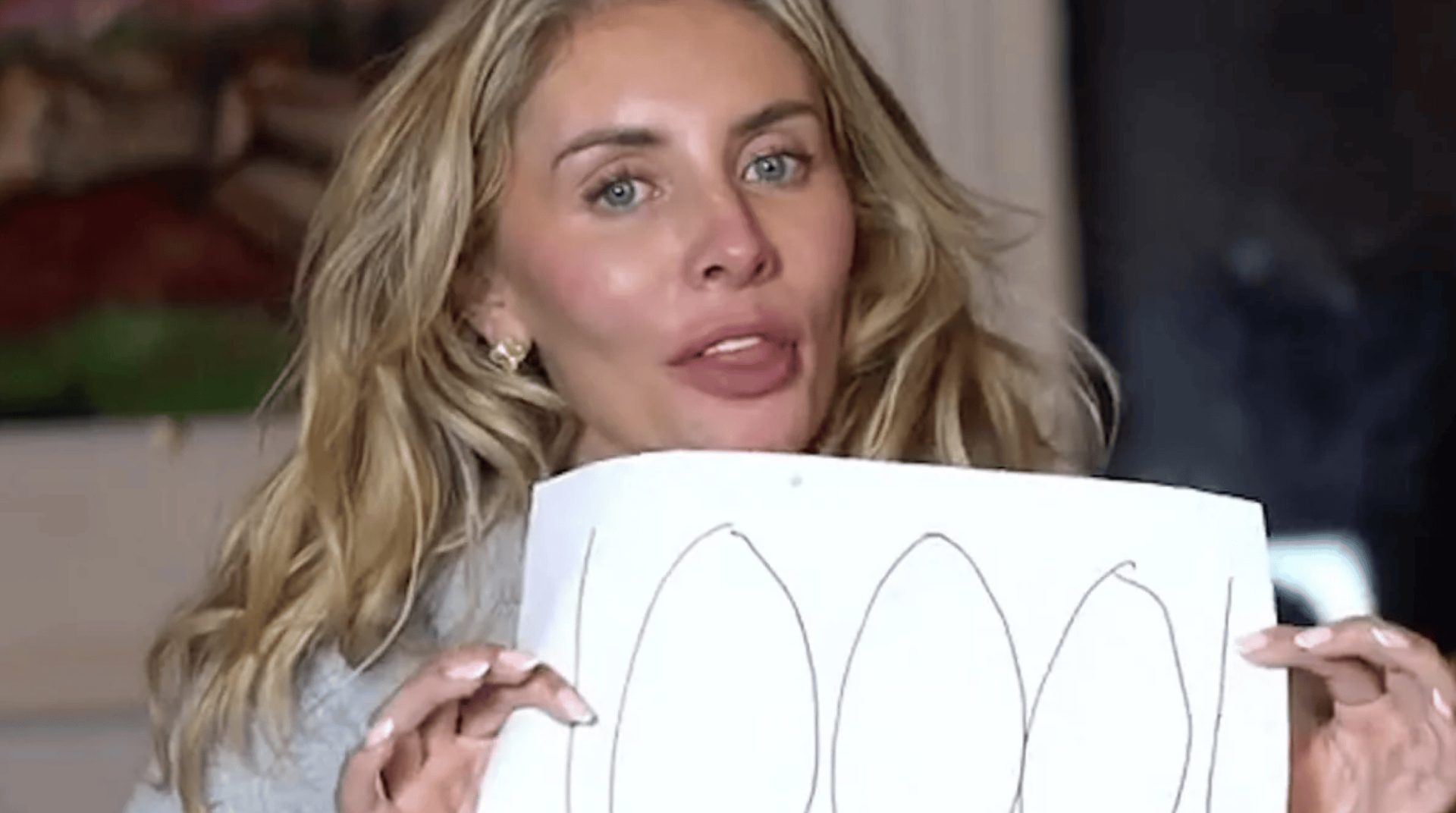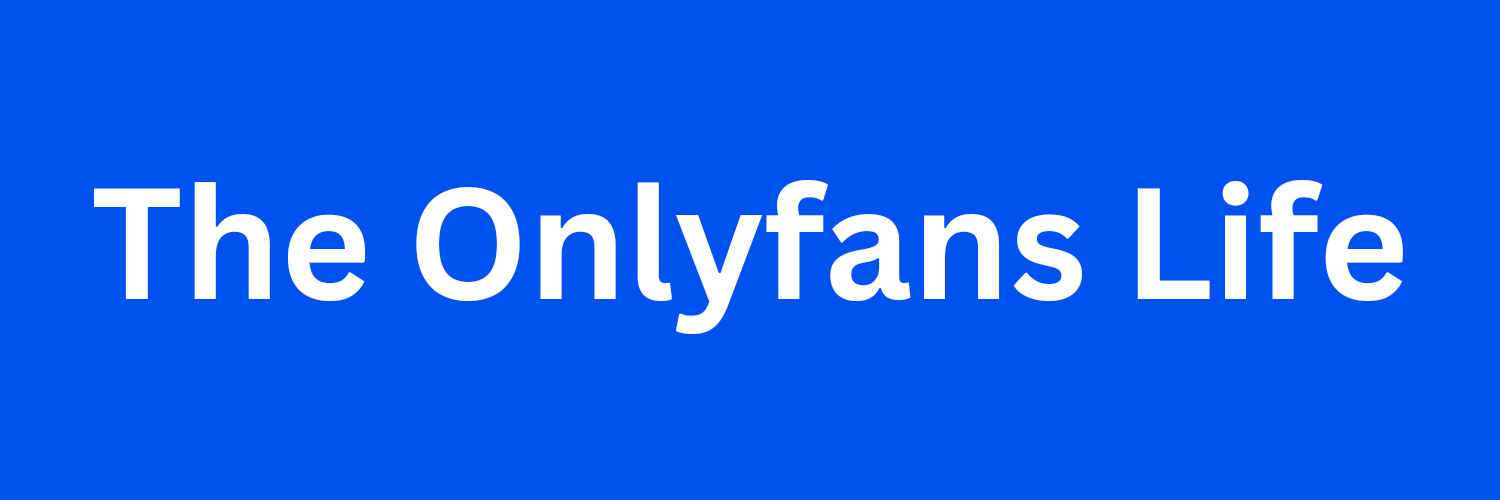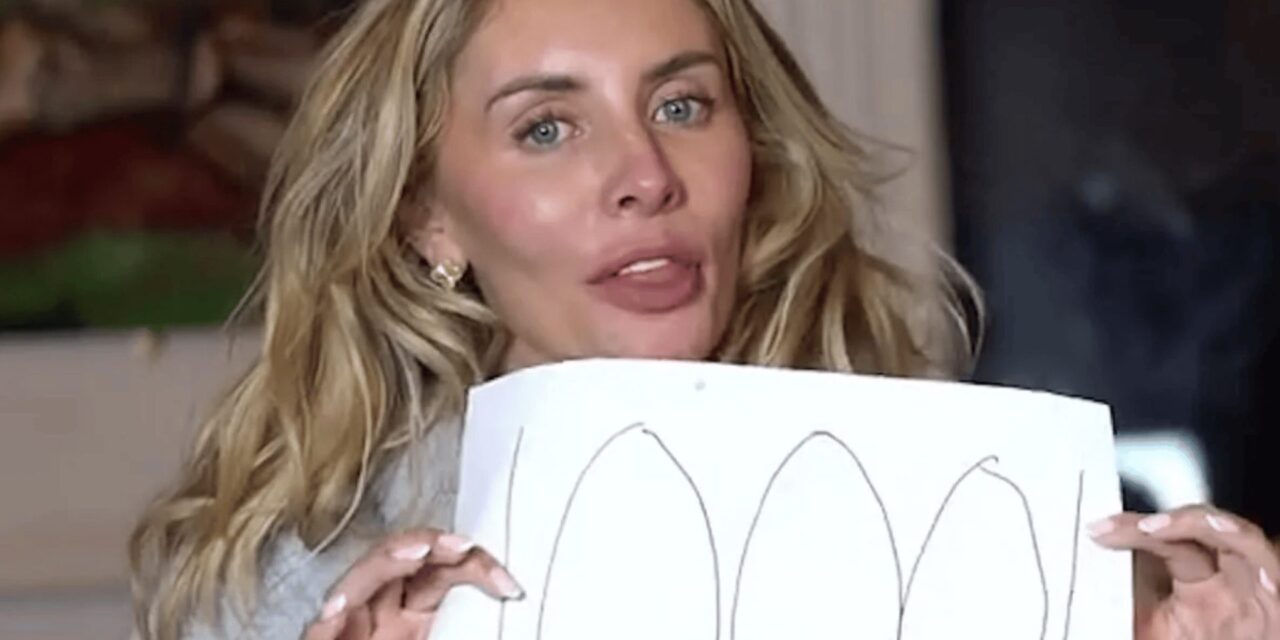
In August 2021, the “creator-led” platform OnlyFans declared its intention to ban all “sexually explicit” content. As founder Tim Stokely stressed at the time, this was not down to any personal objections to porn, but “increasingly unfair actions by banks and media companies”. He was, he implied, just trying to protect his “most loyal creators”.
Following a backlash from said “loyal creators” Stokely was to reverse this decision. On 25 August 2021, a message on the OnlyFans twitter account thanked “everyone for making your voices heard”. “We have secured assurances necessary to support our diverse creator community,” the message read. “OnlyFans stands for inclusion and we will continue to provide a home for all creators.”
Almost four years later, it turns out “a home for all creators” was not strictly true. The site has announced that it is permanently banning the “adult star” Bonnie Blue, in response to the latter’s plans to be penetrated by 2,000 men in a single day in a stunt called “Bonnie Blue’s Petting Zoo”.
Speaking to Metro, an OnlyFans spokesperson confirmed that “extreme content is not available on OnlyFans and is not permitted under our Acceptable Use Policy and Terms of Service […] We always act when users breach our terms of service”. There’s something almost funny about the disjuncture between the dry, pedantic, “rules are rules” language and the actual issue, namely, what constitutes “extreme content” and how these distinctions are being made.
To be clear: I am relieved that OnlyFans will not be hosting this (and that Blue has since decided that her “stunt” will no longer be taking place at all). I doubt, however, that the OnlyFans decision has anything to do with the real harm caused by a culture of ever-escalating, competitive, production-line penetration (it doesn’t seem fitting to use the word “sex”). The term “extreme content” allows the decision — no doubt rooted again in legal and financial concerns — to pass as a matter of taste or brand values. Far be it for OnlyFans to take a genuine stand regarding genuinely destructive behaviour; it is only in the business of taking face-saving pretend ones, offering “inclusion” to desperate women who make, on average, 108 US dollars a month. One gets the sense that if and when they do make calls on this — and other, even darker materials — it will be because they are dragged into it.
The banning of such content matters from the perspective of harm reduction. Nonetheless, there’s a risk that it is used, on the one hand, to suggest that OnlyFans draws a line under “real” exploitation, and on the other, to make a martyr of Blue and other “sexual extremists”. One opinion piece is keen to place the ban in the context of “public discourse feminism” becoming increasingly “sex negative”, making Blue “the bogeywoman of tiresome debates over porn”. “Personally,” the writer goes on, “I interpret Blue’s stunts as something akin to performance art”. Personally I think they are closer to trauma re-enaction. Even so, I would agree that Blue’s exclusion has not been in response to any deep-seated understanding of female sexuality.
Opportunists may argue that Blue is being cast out and shamed as a “bad’ woman. A more urgent question is why Blue’s “Petting Zoo” ever came close to taking place, and what this means about contemporary understandings of sex, pleasure and power. It’s not a question that OnlyFans needs to grapple with. It did the right thing in this one instance, but it wasn’t out of care.
This post was originally published on this site be sure to check out more of their content.






